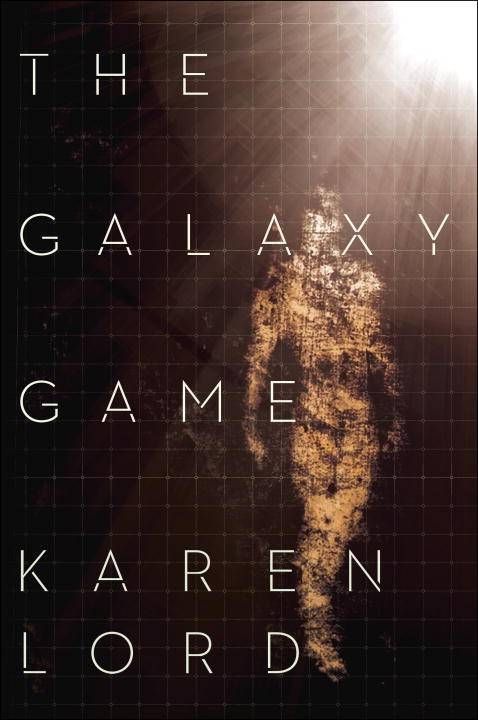
Growing Up Manga
American manga readers are growing up. Although publishers have been printing manga (often colorized, resized, and flipped) in English translation since the early 1980s, the manga publishing boom didn’t really take off until twenty years later, fueled by the popularity of children’s anime like Sailor Moon and Dragonball Z. It’s been almost another twenty years since manga got a shelf of its own in American bookstores, and I’m hopeful the adult comics fans who got their start reading manga will encourage manga-in-translation to grow up.

Though I’ve always been an avid reader, I had ignored comics up to that point, dismissing them as childish (even though I was a child) and repetitive (didn’t they ever write about anything other than superheroes?). But in the year following that fateful birthday, I devoured manga. The titles then available in English translation had younger heroes that I identified with more than the alien adult Clark Kent or the gruff loner Wolverine. The wide-eyed, expressionistic art style showed me a greater range of emotion than I had thought comics capable of portraying. I was a young girl searching for my place in the male-dominated geek world, and manga had given it to me.
Eventually the time I spent haunting the bookstore’s graphic novel section led me to reconsider my anti-superhero stance, and I started reading Batman. From there I found the works of Alan Moore, and then Art Spiegelman, and then Alison Bechdel, Marjane Satrapi, Chris Ware. As I grew, my comics grew with me.
About a year ago, nostalgia brought me back to manga, and I was pleased to find that more difficult works for an older audience are increasingly available. Drawn and Quarterly publishes a significant amount of Yoshihiro Tatsumi’s work. Vertical, Inc., a publisher that the chain bookstores in my hometown didn’t even carry, provided me with Osamu Tezuka’s adult comics like MW and Buddha. And Viz, the company that brought me my Shonen Jump heroes, just released Goodnight Punpun, a magical-realist coming-of-age story that depicts the protagonist as a minimalist bird-figure navigating realistic landscapes.
But for all the access we have to adult-oriented or experimental manga, there are still gaps. Many influential creators such as Yoshiharu Tsuge have yet to receive recognition in the United States. My recent research project on the history of manga has hit several stumbling blocks because most older influential manga remain out of my reach (how is it that we had to wait until 2016 for the official Rose of Versailles translation?).
At my next birthday, we’ll reach the tipping point. The portion of my life After Comics will equal the portion Before Comics. I still have my complete collection of Yu-Gi-Oh! volumes, on their own shelf at the foot of my bed. There’s a been a strange synchronicity over the years: The translation of Yu-Gi-Oh!’s final volume was released three months before I graduated from high school. And at the same time as I celebrate my own comics-versary, the Yu-Gi-Oh! manga will turn twenty years old. I grew up with manga, and I hope translations of manga continue to grow up with me.







